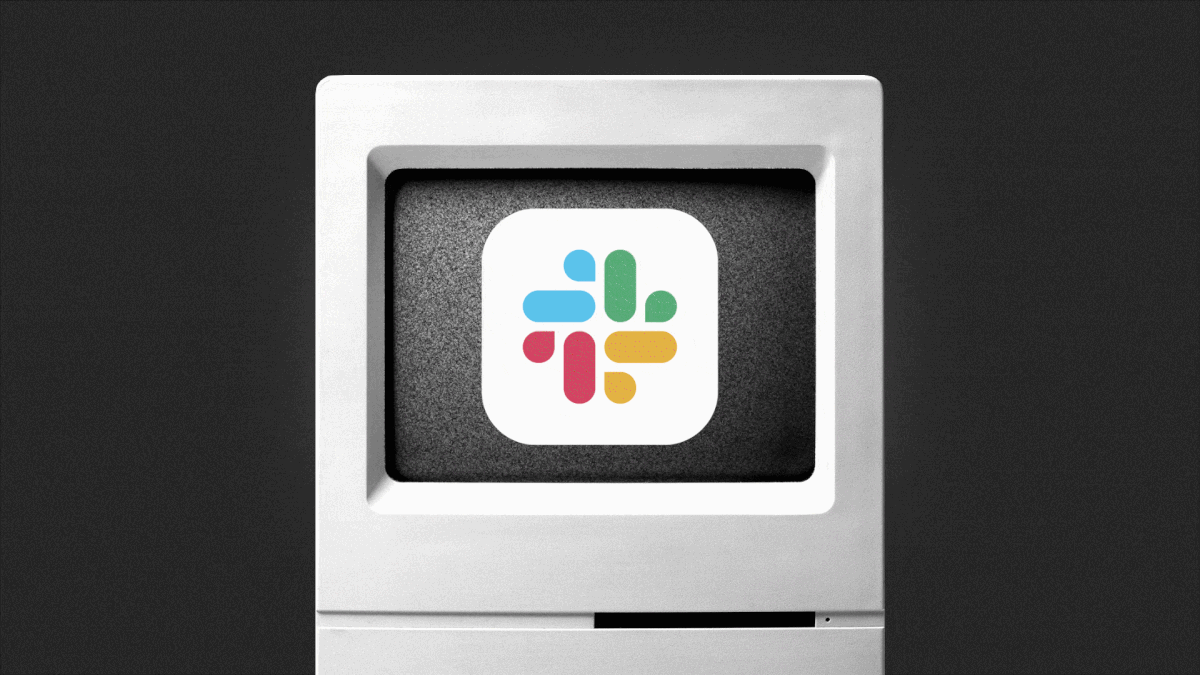Slacking Off or On? The Fine Line Between Connection and Chaos
Slack, the team collaboration platform launched in 2014, has become nothing short of a revolution in business communication. Especially favoured by tech companies, it boasts over 20 million active users. Why did Slack become so popular? The answer lies not only in its clever design but also in the unconscious influences that underlie its user experience. This article investigates both the productive and unproductive aspects of Slack's UX, exploring its hidden strengths and potential costs.
Growth in Slack Users from 2015 to 2021
Slack's Rise to Prominence
The Communication Revolution
Before Slack, many teams relied on traditional email, an often clunky and disorganized method. According to a report by McKinsey Global Institute, employees spend approximately 28% of their workweek managing email, highlighting the significant time that could be diverted to more productive tasks. This inefficiency in traditional email communication was gradually losing ground, pointing to the need for more streamlined solutions. Slack's real-time messaging and channel-based conversations provided an elegant solution, offering a seamless flow of information.
Targeting the Tech Industry
Tech companies, always in search of efficiency and agility, quickly recognized Slack's potential. A study by Deloitte's "2017 Global Human Capital Trends" report noted that 71% of companies are in the process of transforming their collaboration tools, seeking platforms that foster a culture of transparency and innovation. Slack's integration possibilities and alignment with Agile methodologies have made it a perfect fit for many organizations, resonating with tech companies' core values.
The Power of Unconscious Influences
The brilliance of Slack's design isn't just in its functionality but in how it taps into psychological principles. From instant gratification to social proof, these are well-documented unconscious influences that drive behaviour. Slack's utilization of these principles created an engaging and addictive experience.
Unconscious Influences Driving Productivity
Instant Gratification
Humans crave immediate feedback, and Slack’s instant notifications perfectly cater to this need. According to a study on Vroom's Expectancy Theory, immediate reinforcement can increase motivation by enhancing the perceived relationship between effort and reward. This theory can explain how a simple message notification in Slack turns into a powerful productivity tool, fostering collaboration.
Social Proof
Slack’s channels provide visibility into who's online and who's interacting. This creates a virtual community, encouraging others to join in. Robert Cialdini’s research into social proof explains why this simple feature can create a strong sense of belonging and promote active participation.
Simplification and Intuitive Design
The clean and intuitive design of Slack makes it user-friendly, reducing the cognitive load required to navigate the platform. Its simplicity encourages engagement and enables more efficient communication, aligning with the principles of effective UX design.
Potential Unproductive Influences
“Salesforce is paying $28 billion for an app that people shut down when they need to get things done.”
Overwhelming Choice Paralysis
Dr. Sheena Sethi Iyengar's lab at Columbia University explores the psychology of choice, specifically how an abundance of choices can lead to decision paralysis and dissatisfaction.
Slack's abundance of customization and integration can be daunting. Research by Sheena Iyengar has shown that too many choices can lead to paralysis, a phenomenon that some Slack users may experience when faced with numerous options.
Constant Interruptions and Multitasking
While instant notifications foster communication, they can also lead to interruptions that fragment attention. The constant demand for multitasking can hinder deep focus and may reduce overall productivity, a hidden cost of the 'always connected' culture.
Addiction to Availability
Slack's 'always-online' culture can lead to an addiction to availability, where employees feel compelled to be constantly present. This unconscious influence aligns with findings on the psychological need for approval and recognition, leading to burnout and a blurring of work-life boundaries. This phenomenon is reflected in research on workaholism, where an obsession with work can be driven by intrinsic motivations and a desire for validation.
Actionable Recommendations – A Path Forward
Slack's prominence as a communication tool has unveiled a complex array of impacts on productivity. While the platform's design has encouraged efficient collaboration, it has also brought to light challenges that must be navigated. Here are actionable recommendations that can help companies optimize Slack by applying insights from behavioural economics:
Overwhelming Choice Paralysis:
Behavioural Concept: Choice Architecture
Recommendation: Use Guided Choice Architecture: By creating a personalized onboarding flow within Slack, employees can be guided through selecting channels and integrations based on their role and interests. Presenting choices in a step-by-step manner with context and recommendations nudges employees towards manageable decisions aligned with their needs.
Constant Interruptions and Multitasking:
Behavioural Concept: Time Inconsistency
Recommendation: Implement a Company-Wide 'Pomodoro Technique': Encourage a company-wide adoption of the Pomodoro Technique (25 minutes of focused work followed by a 5-minute break) integrated into Slack. Structured time blocks can help individuals follow through on intentions to focus, aligning with the behavioural idea of time inconsistency.
Addiction to Availability:
Behavioural Concept: Social Norms and Commitment Devices
Recommendation: Establish a 'Digital Detox' Contract: Create a voluntary “contract” that employees can opt into, where they commit to specific offline hours or participate in regular digital detox sessions. Leveraging the power of commitment devices and social norms, employees may adhere to these guidelines, creating a more respectful and productive Slack environment.
By addressing specific unproductive influences through unique, behaviorally-informed strategies, organizations can foster a balanced and productive Slack environment. These recommendations recognize the complexity of human behaviour and the need to adapt technology to serve, not dictate, how people work. It's a reminder that thoughtful implementation and an understanding of human psychology can turn a tool like Slack into an asset that supports collaborative efforts and individual well-being.
Vox: The productivity pit: How Slack is ruining work
Credit: Zac Freeland/Vox
Conclusion
Slack's rise as a premier collaboration tool showcases the delicate balance between psychology and technology. Its brilliant use of unconscious influences has undoubtedly contributed to its success, but it has also revealed hidden complexities. As workers and consumers, understanding these dynamics enables us to leverage tools like Slack more consciously. This exploration goes beyond Slack, pointing to the future of design where human-centred considerations will be paramount.
Want to share your thoughts? Feel free to share them in the comments section below or on social media.




